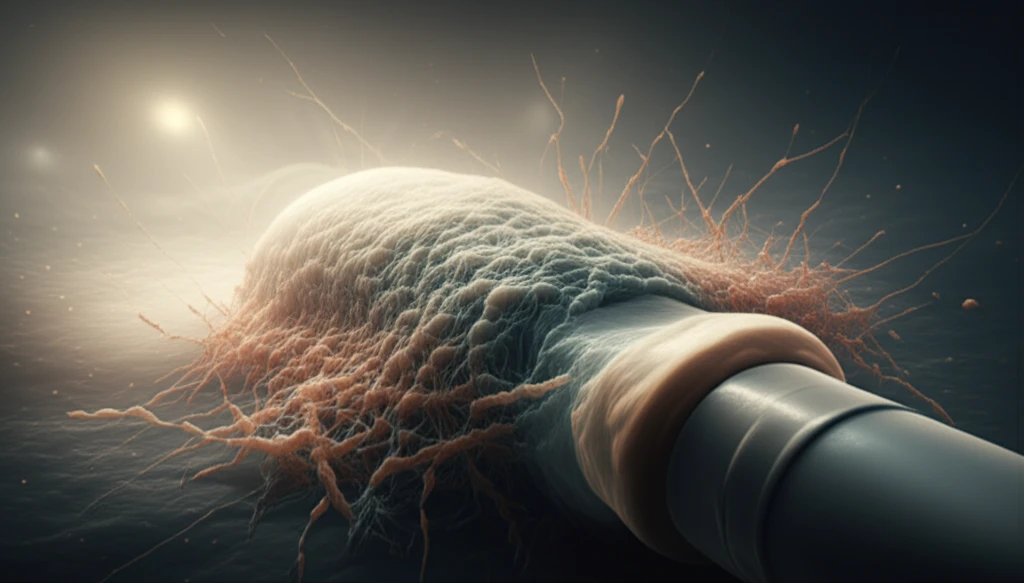
Staph Epidermidis: Unmasking the Truth About This Common Infection
"Delve into the hidden complexities of Staphylococcus epidermidis, and learn how it impacts chronic infections from medical devices."
Infections linked to medical devices continue to challenge healthcare. Central venous catheters, prosthetic joints, pacemakers, heart valves, and cerebrospinal fluid shunts can all fall victim, leading to persistent and hard-to-treat conditions. Often, these infections demand device removal, adding complexity to patient care.
Staphylococcus epidermidis, a common bacterium, has evolved systems that enable it to adapt and thrive during colonization and infection. Its ability to adhere to biomaterial surfaces and create biofilms is key to its role in biomedical device-associated infections.
Biofilms shield the bacteria from the host's immune defenses and increase resistance to antibiotics. Understanding how S. epidermidis regulates its virulence and forms biofilms is crucial to improving treatment strategies and patient outcomes.
Decoding the agr System: How Staph Epidermidis Communicates

The agr (accessory gene regulator) system is essential for regulating virulence in staphylococci. Think of it as the bacteria's communication network. S. epidermidis has four agr groups, each producing slightly different signaling molecules. Scientists once thought chronic infections favored bacteria that had switched off this communication system (agr-negative phenotypes). This research challenges that idea.
- Does infection actually select for agr-negative bacteria?
- How important are phenol-soluble modulins (PSMs), pro-inflammatory peptides produced by the bacteria?
- Is the specific agr group linked to the type of infection?
The Future of Infection Research
This research underscores the complexities of S. epidermidis infections and highlights the need for continued investigation. By exploring the precise mechanisms that allow these bacteria to thrive, we can develop more effective strategies to prevent and treat device-related infections, improving outcomes for patients worldwide.
